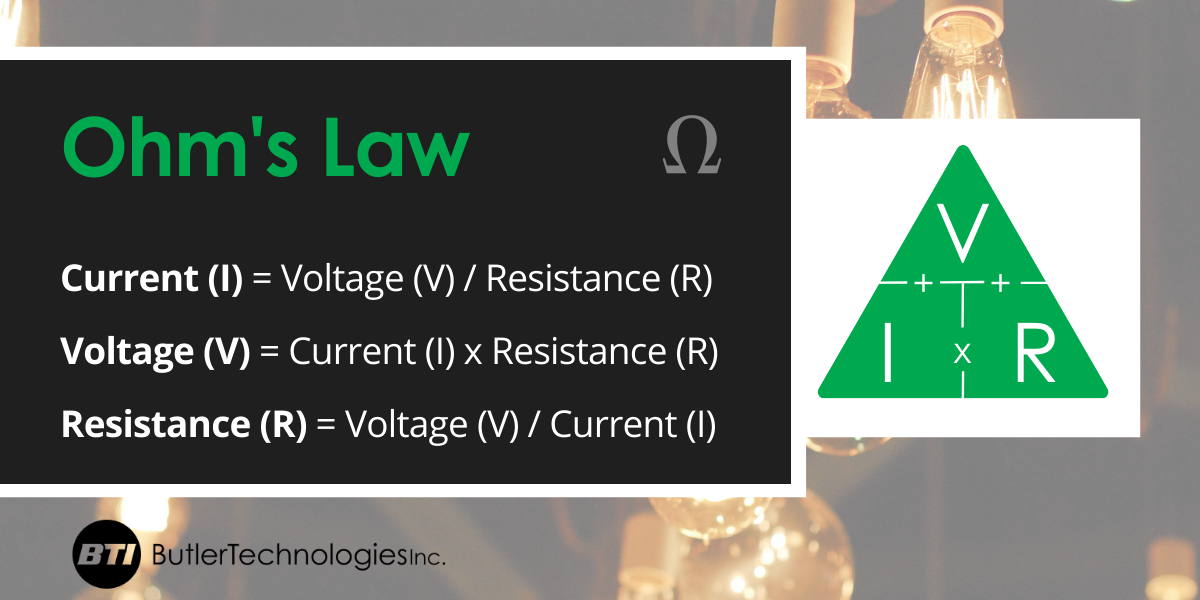Flexible heaters use resistive ink rather than wires to convert electricity into heat. Screen-printed onto flexible substrates such as TPU, they make it possible to incorporate functional heating elements into everyday applications where users aren’t inhibited by bulky wires.
They’re used in a variety of applications across all industries as their thin, lightweight, and flexible design makes them ideal for innovative solutions not possible through traditional heating methods.
With all the possibilities for incorporating a heater into your product, it’s good to keep some things in mind when designing your flexible heater so that you can best communicate your preferences and requirements when speaking with an application engineer.
Different applications for these printed heaters — such as heated jackets and other wearables, or heated medical accessories such as knee or back braces — mean there isn’t a one-size-fits-all design for every customer. At Butler Technologies, our in-house engineering and design experts spin out custom designs for time-tested applications and brand new products alike.
This cutting-edge printed heater technology may be new, but the strategies used to develop them and design your flexible heater aren’t. Through screen-printing best practices and engineering standards, it’s possible to get a rough idea of the specifications you’ll need in your printed heater design so that you can streamline the process when working with an engineer and manufacturer.
By the way, no need to take notes. We’ve included a checklist at the bottom of this article so that you can reference it later!
Here are some things to keep in mind when getting started designing your flexible heater.
Ohm’s Law
As printed heaters are resistive – meaning they resist electricity – they follow Ohm’s Law.
Ohm’s Law
is essential when determining specifics for a heater’s design and functionality, and the engineer working on your project will use it to determine how your heater will get from conception to finished product.
Ohm’s Law states that the current through a conductor between two points is directly proportional to the voltage across the two points:
Current (I) = Voltage (V) / Resistance (R). When determining technical requirements for your heater design, your engineer will use these resulting three formulas:
- Current = Voltage / Resistance
- Voltage = Current x Resistance
- Resistance = Voltage / Current

Voltage, Resistance, and Current
Because Ohm’s Law will be key in determining the design and functionality of your heater, it may be helpful to know the definitions of each component of the equation.
For those without an engineering background, it can be helpful to think of voltage, resistance, and current all working together like a water pipe, where voltage is the water pressure, resistance is surface friction from the inside of the pipe, and the current is the rate that water flows through the pipe.
Voltage
Voltage is the pressure from an electrical circuit’s power source that pushes charged electrons (electrical current) through a conducting loop (like a heater circuit), enabling them to do work such as generating heat.
In our analogy, we can think of voltage as the water pressure helping push water through a pipe.
Note: While voltage overall is key to knowing the power required to make your heater design functional, printed heaters can function at different voltage levels depending on the amount of resistance the heater provides. The Power Density of your heater is what will ultimately determine the ideal voltage level for your heater.
When discussing your project with its application engineer, they can use the voltage supplied by your power source, and resulting watt density, to get the resistance for your heater.
Resistance
Electrical resistance is opposition to the flow of current in an electric circuit. Resistance converts electrical energy to thermal energy, and in this regard is similar to mechanical friction. Resistors dissipate electrical energy as heat.
In our analogy, we can think of resistance like surface friction from the inside of a water pipe.
Current
An electric current is the rate of flow of electric charge past a point or region, measured in amperes, or coulombs per second. An electric current exists when there is a net flow of electric charge through a region. In electric circuits, this charge is often carried by electrons moving through a wire.
In our analogy, we can think of current as the rate or speed that water flows through the pipe (in gallons per minute, etc.)
According to Ohm’s law, the current, measured in amps, is equal to voltage divided by resistance.
So, if we control the voltage & resistance of the heater, we can control the current.
Power, Temperature, and Size of Your Heater
A key part of the flexible heater design process is determining the most efficient way for the heater to function with the amount of power supplied.
If the maximum current and maximum voltage don’t line up with the temperature you’re aiming for, you may have to compromise elsewhere.
The Power Source for your Printed Heater
The voltage (power requirement) your heater will have all depends on your power source and the temperature you want the heater to get to.
Because you need a battery or other power source anyways, you’ll know the voltage that will be sent to your heater. You’ll also know the maximum number of watts your heater will end up using.
From here, the engineer designing your flexible heater can find the resistance you’ll need the heater to be by using Ohm’s Law. With Ohm’s Law in mind, the engineer working on your project can use the values you supply to work backwards and determine the rest of the requirements for your heater.
Target Temperature for your Heater
What temperature are you hoping your heater will reach? Or, in the case of wearable heater applications, have you considered how temperature is perceived across different areas of the body?
For example, some wearable manufacturers have found a way to “hack how your body perceives temperature.” The Wave, developed by Embr Labs, changes the temperature of just the wrist rather than a person’s core temperature, as this tricks your brain into thinking the rest of your body is a similar temperature.
If you’re unsure of the ideal temperature for your application as of now, you can start by asking your application’s engineer about the standard temperature ranges for similar heated products.
Ideal Size of your Flexible Heater
Will your heater be going into a heated back brace? A large blanket? A small pair of gloves or equipment grips?
Depending on where you’re designing your printed heater to be used, the size of it can vary greatly, and affect the resulting design immensely. It’s essential that you know – at least roughly – the ideal size of your heater as you head into the next stages of the design process.
If you’re unsure of what would work best for your application, ask your engineer what they have typically seen work best for similar applications.
A Note on Power Density
It’s important to keep power density in mind, as well. Power density (watts/in) is an important heater characteristic – even if we can power a heater and get it working functionally, we want it to be optimized and use its power as efficiently as possible.
As power is measured in watts, we can measure power density by simply dividing the total watts by the area of the heater.
How Different Applications May Change Your Heater’s Design
You’ll also want to consider how your unique application may require certain adjustments to your heater’s form. When designing your flexible heater, you and your engineer will discuss whether stretchability, waterproofing, and connector location are already known requirements.
Designing your Flexible Heater for Stretchability
In the case of wearable heaters, you’ll want to consider the heater’s ability to stretch. Obviously, athletic garments are expected to stretch and move with the wearer – making the heater’s ability to withstand stretching a must.
But non-athletic garments need to handle movement, too. Even if the wearer isn’t running a marathon, they should feel confident that the heater in their garment – perhaps a more rigid work coat or other clothing item – will move with them as they go about their day.
Your application engineer will know which materials and designs work best depending on whether your heater will need to stretch, and if so, how much. Screen-printed flexible heaters like those manufactured at Butler Technologies will stretch with the user and move with them so that they seamlessly integrate into a comfortable design.
Designing your Flexible Heater to be Waterproof
Wearable heaters typically need some level of waterproofing, too. Depending on how you expect your end user to wash the product, the heater could either be removed before washing the garment separately, or the entire product could be made so that it’s fully waterproof and can handle machine washing.
Designing your Flexible Heater with a Specific Termination Location
Another aspect of your design to keep in mind is where its termination and connectors will be. Where do you plan to house the battery pack or power source for your heater? How far will the connection between the battery and the heater be? Will the connection point be uncomfortable for the wearer, or are you confident about the insulation of your garment where it won’t be noticeable? These are all questions you’ll want to keep in mind as the design stage comes near.

Your Checklist: What to Provide your Application Engineer when Designing your Flexible Heater
To sum it all up, here are the things you’ll want to provide your engineer during technical discussions in order to fast-track your design process.
- Power source for your heater (and corresponding voltage)
- Intended temperature for the heater
- Intended size of the heater
- Application for the heater
- Special considerations – will it need to stretch? Be waterproof? Have a specific termination location?
Manufacturing Experience and Custom Design
Ready to get started? If you’re looking for a manufacturer with the engineering expertise to get your printed heater ready for market, Butler Technologies is ready when you are. Request a quote or get in touch today!
Meet the Author
 Madelyn is an integrated marketing specialist at Butler Technologies and has a passion for problem-solving, project management, and storytelling. She loves marketing in the B2B technology space and has a degree in English specializing in editing, writing and media from Florida State University.
Madelyn is an integrated marketing specialist at Butler Technologies and has a passion for problem-solving, project management, and storytelling. She loves marketing in the B2B technology space and has a degree in English specializing in editing, writing and media from Florida State University.
